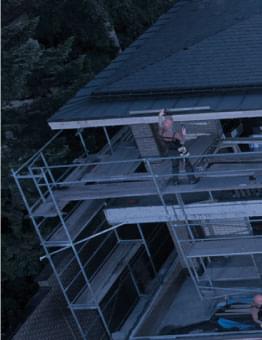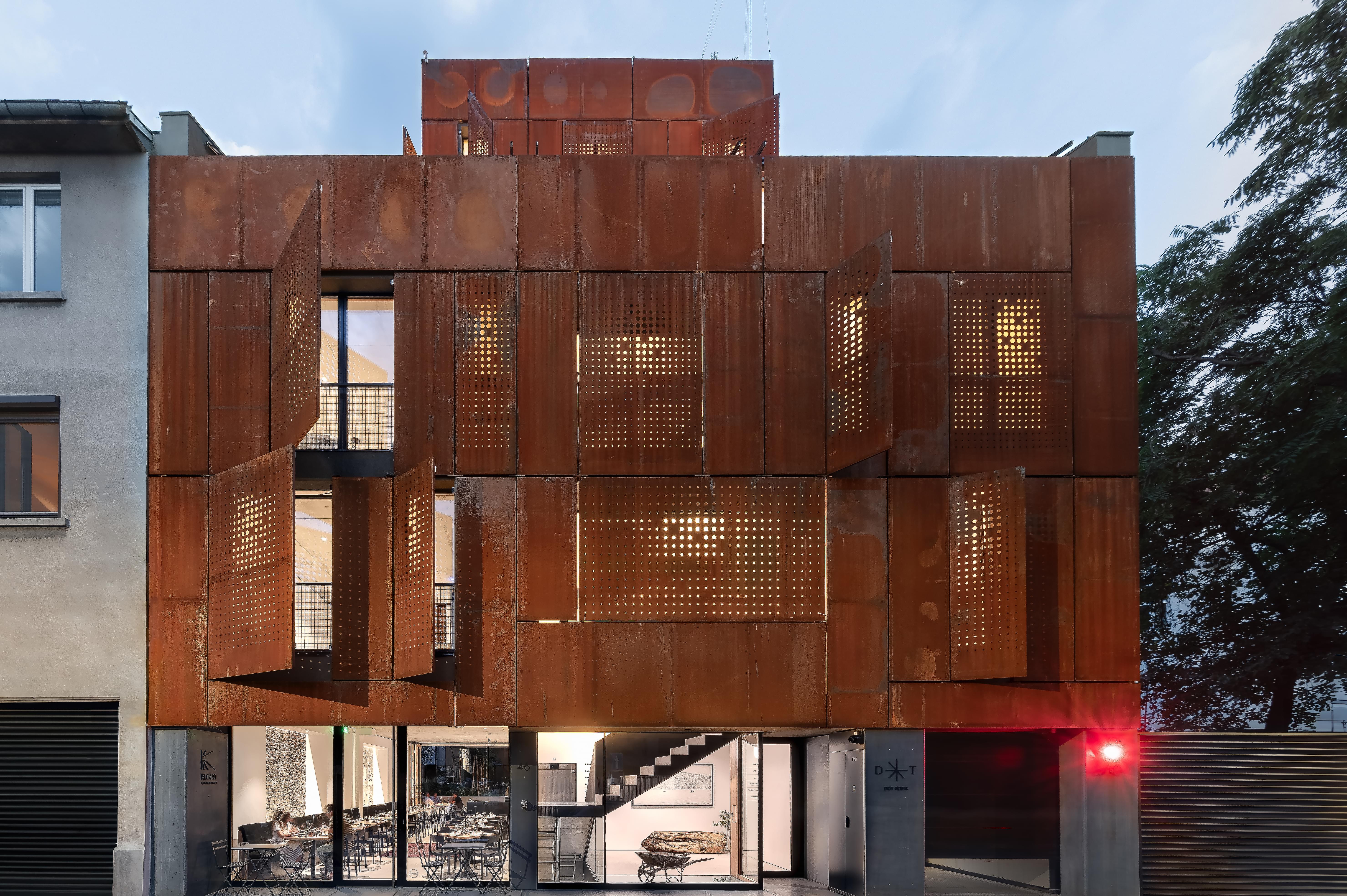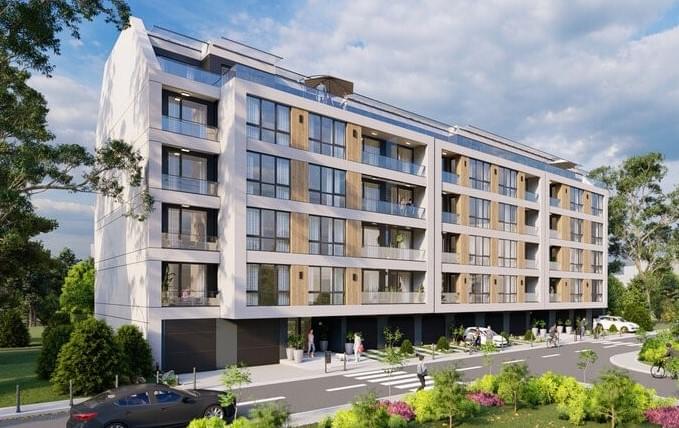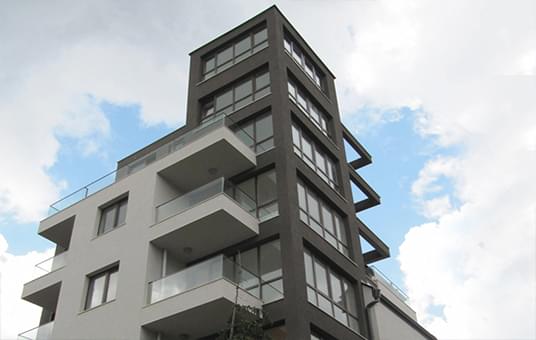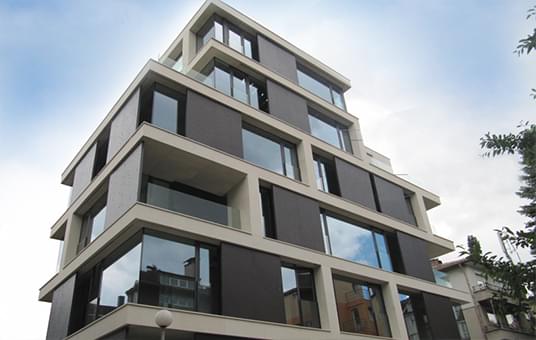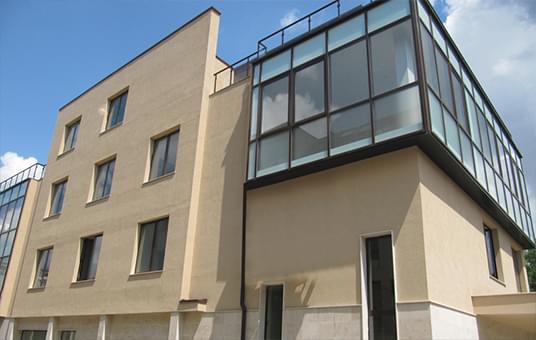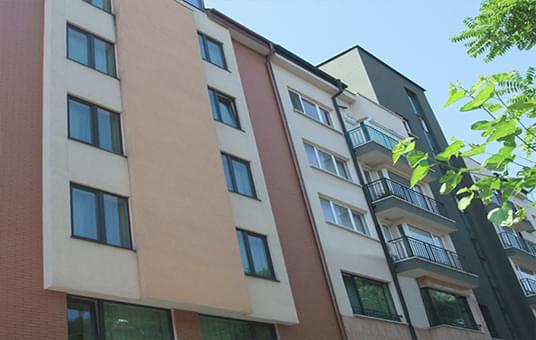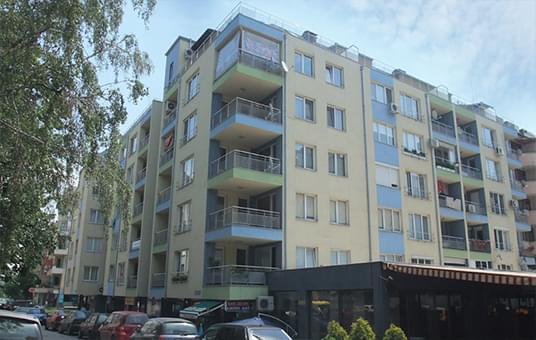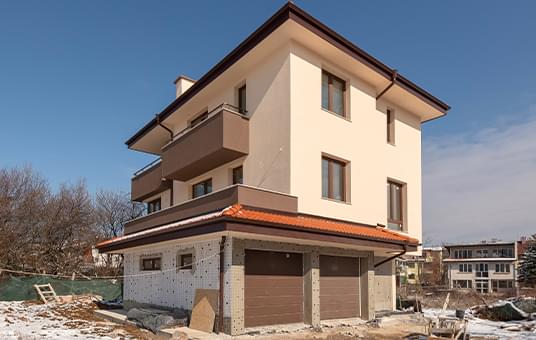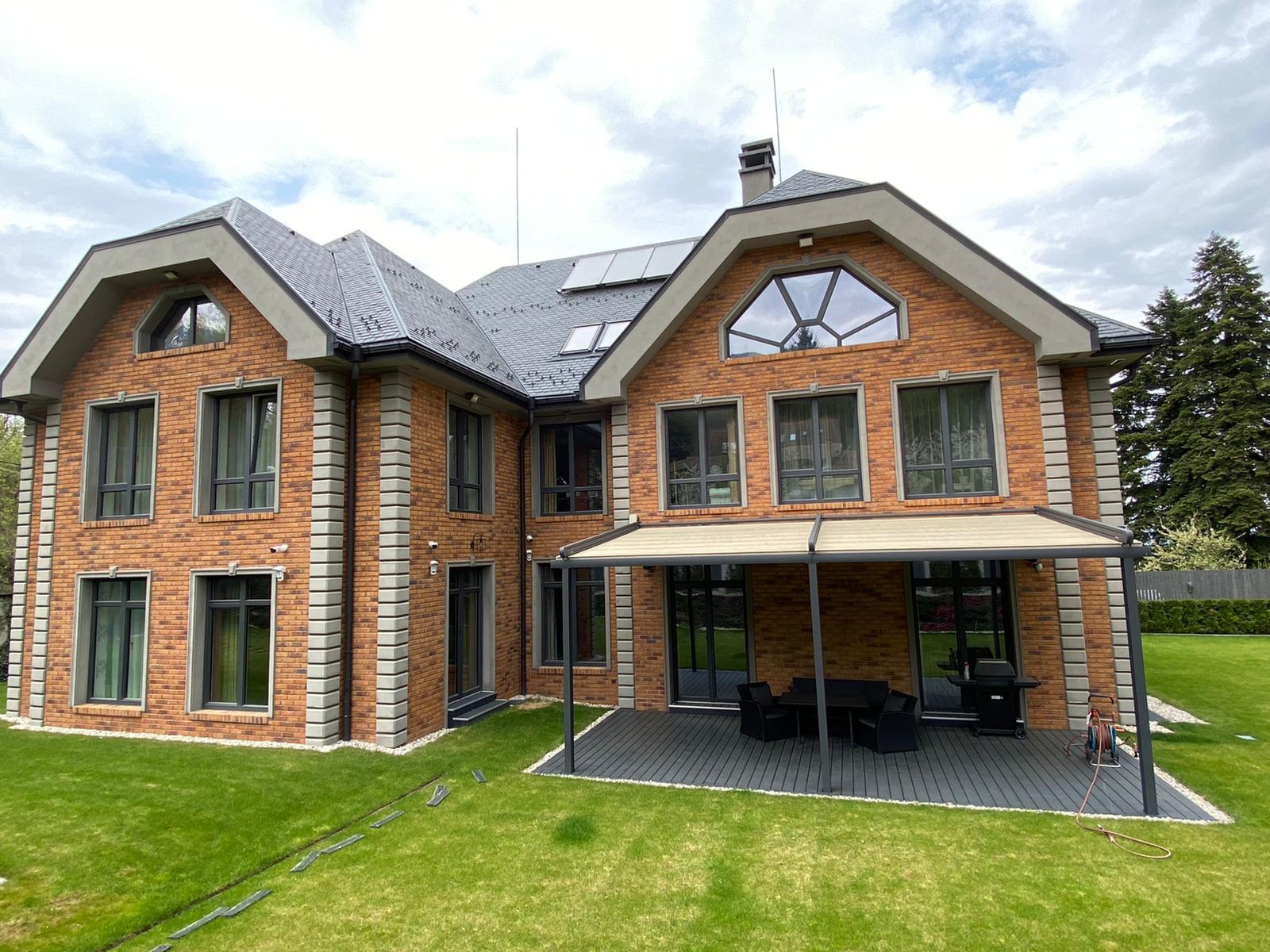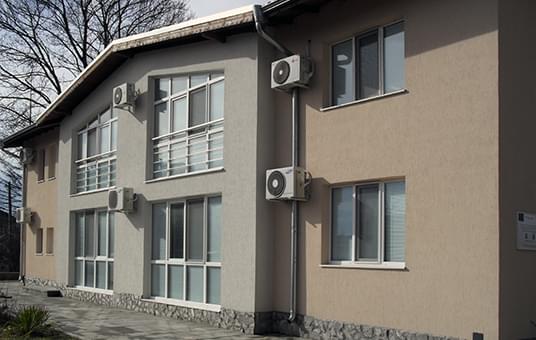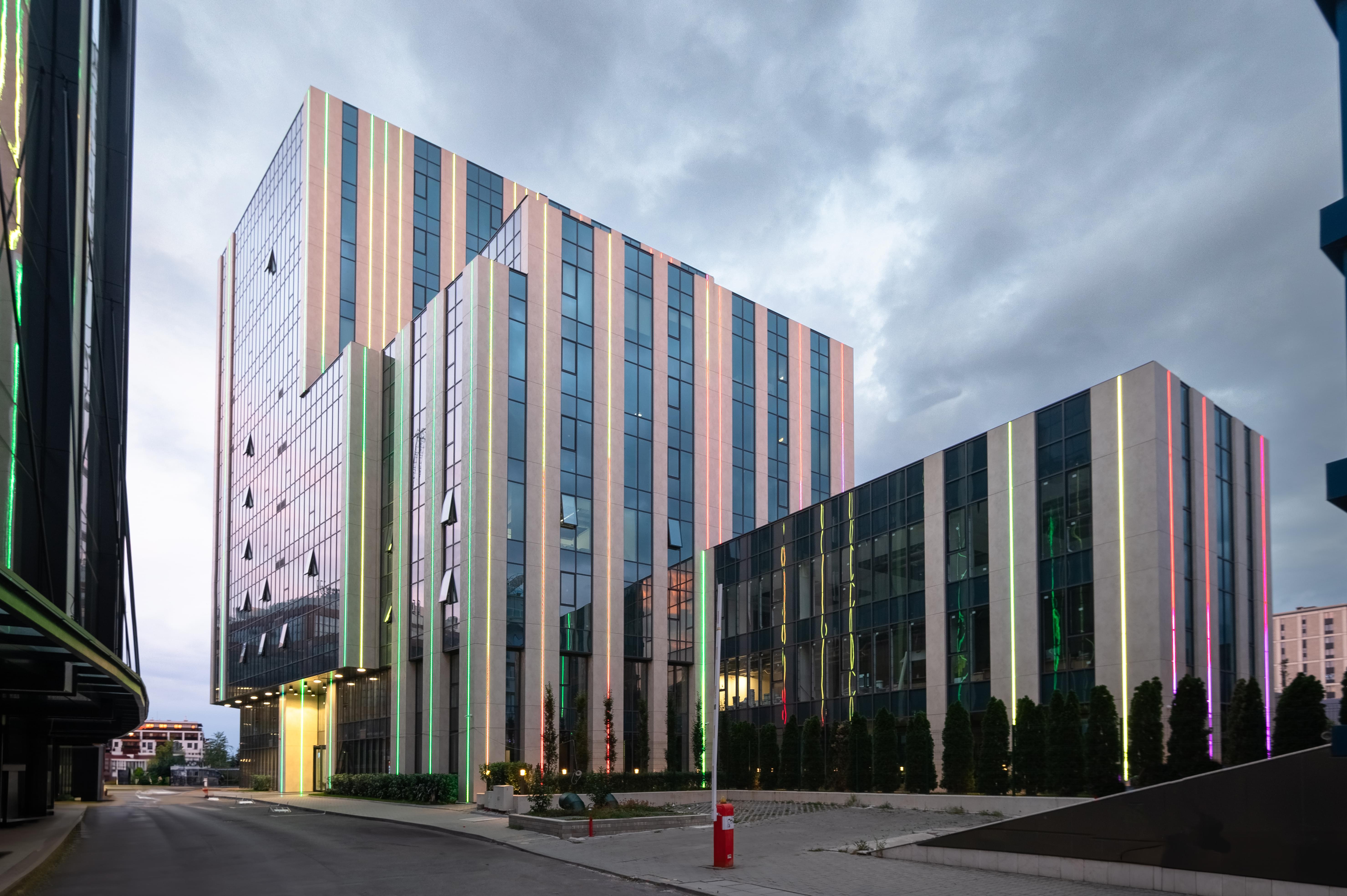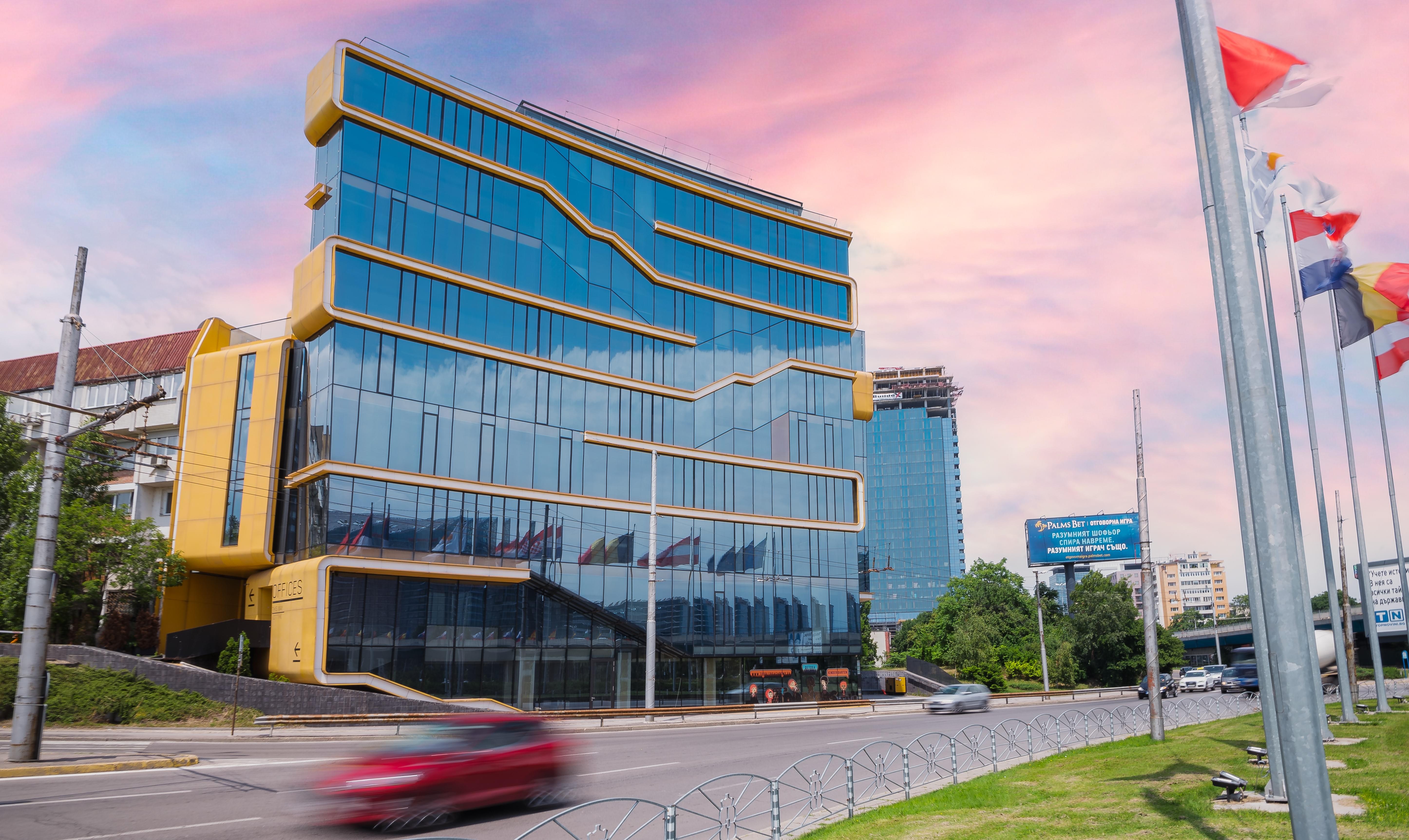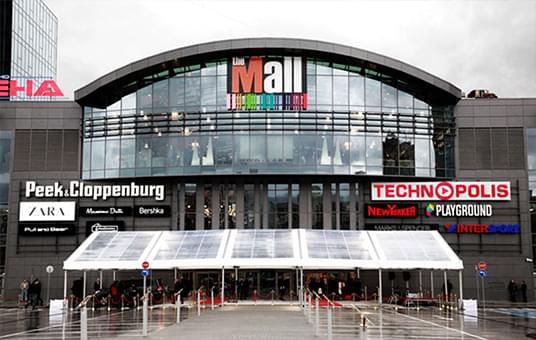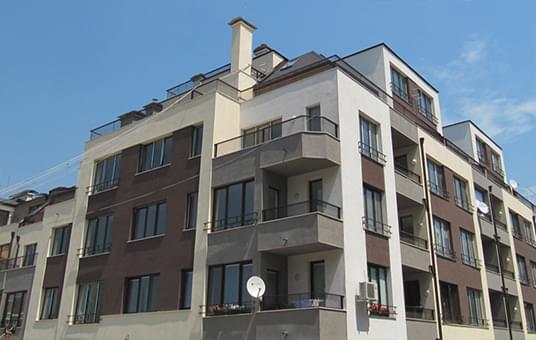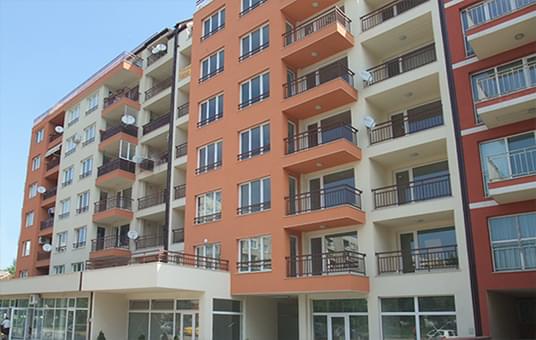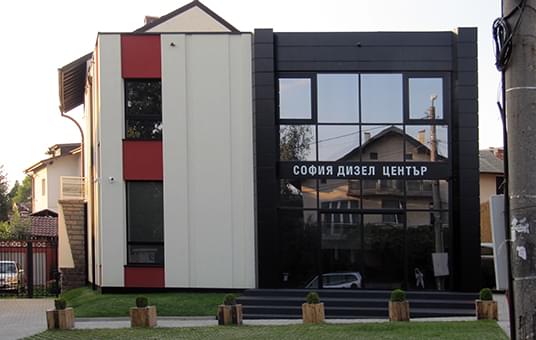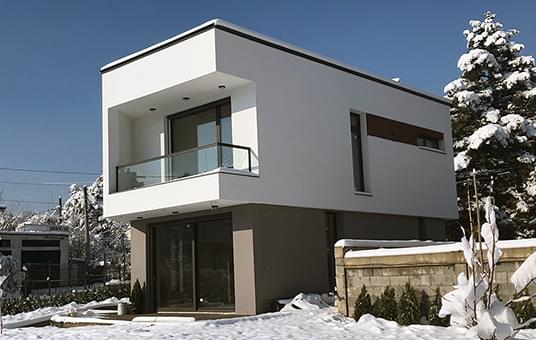CONDITIONS FOR ACHIEVING MAXIMUM RESULTS
A number of solutions for a better quality at home life
The indoor climate in each building should be considered at design stage. Only then, it will be possible to achieve optimal comfort that positively affects both the health of the people in the building and their sensations and productivity. For optimal comfort, the following parameters must be within specified limits.
 Achieving optimal comfort Measures for improveing indoor climate quality
Achieving optimal comfort Measures for improveing indoor climate quality Optimal comfort
Optimal comfort Symptoms of bad indoor air quality
Symptoms of bad indoor air quality